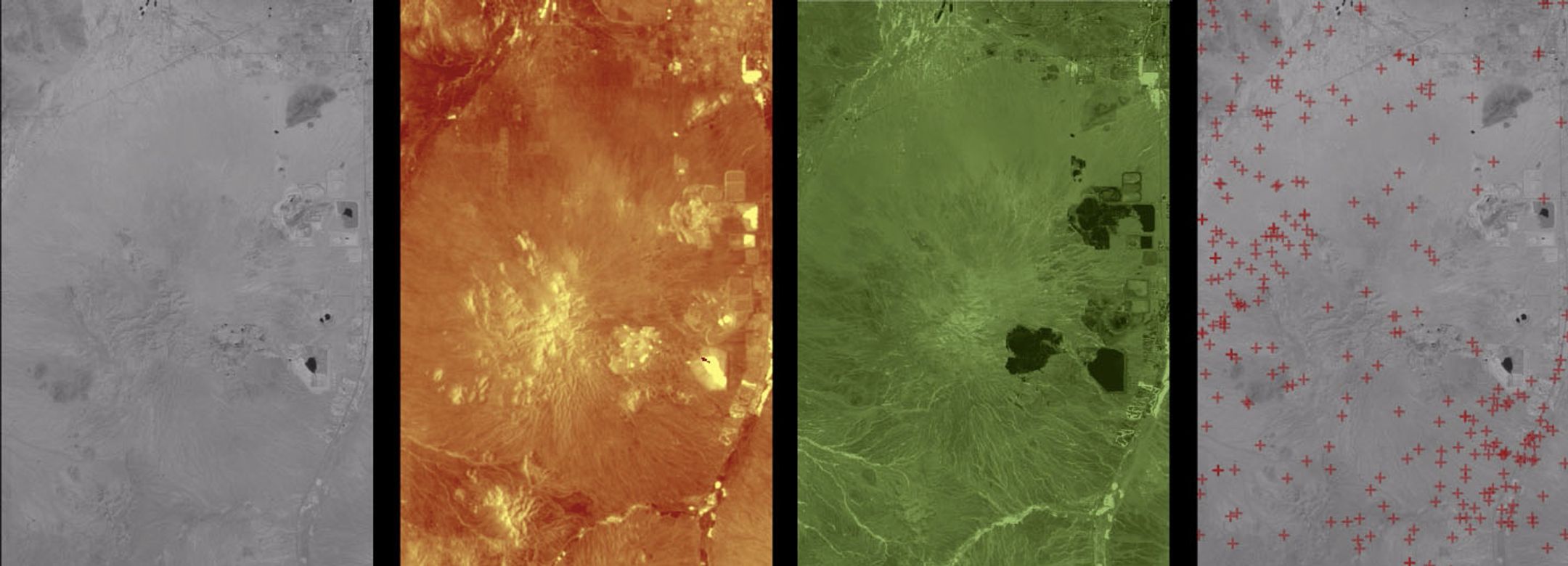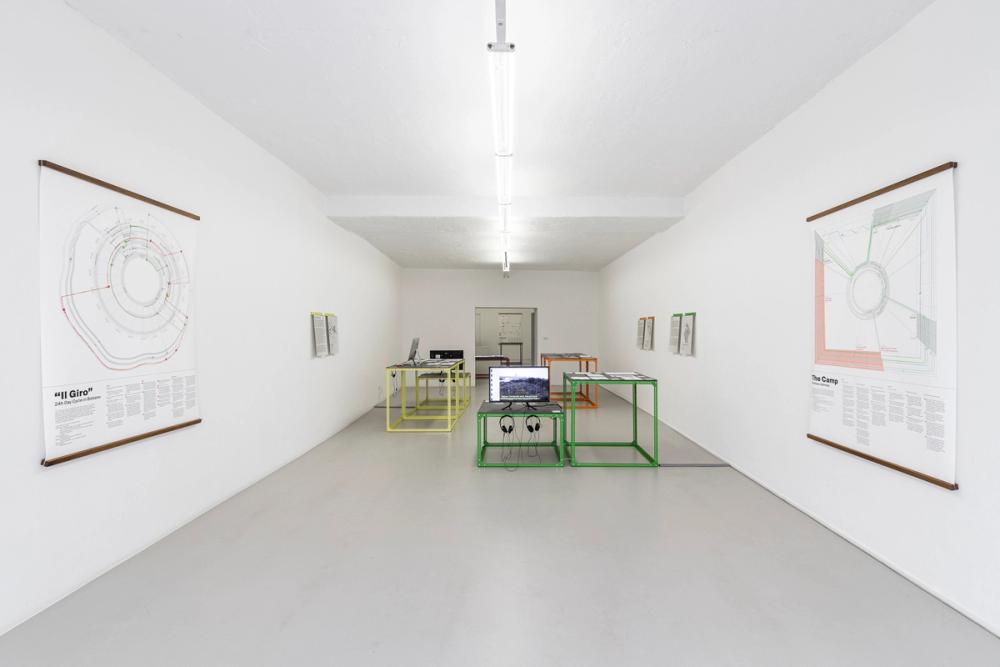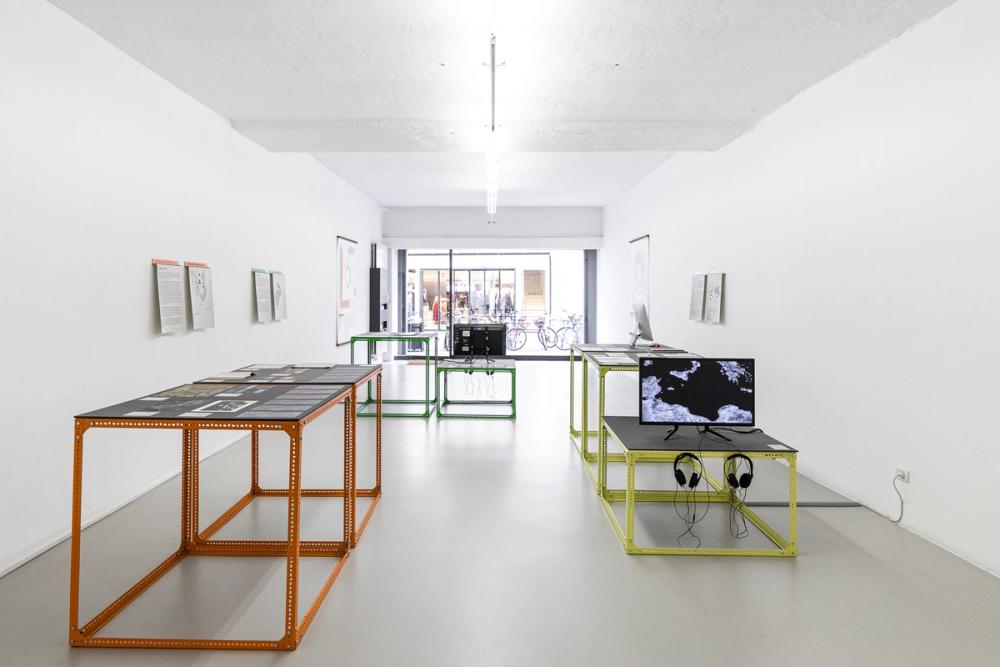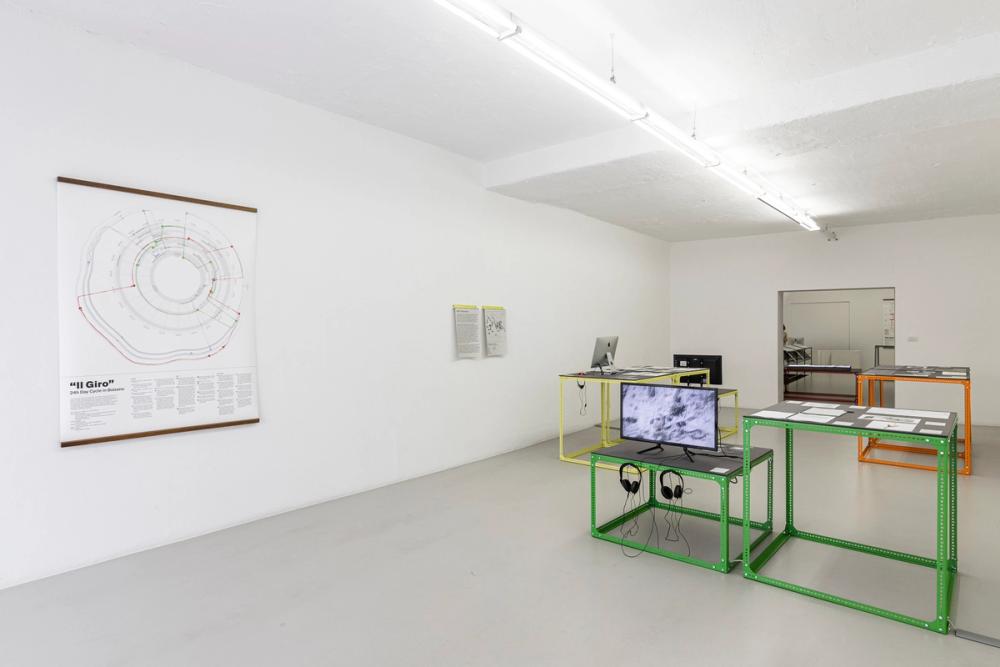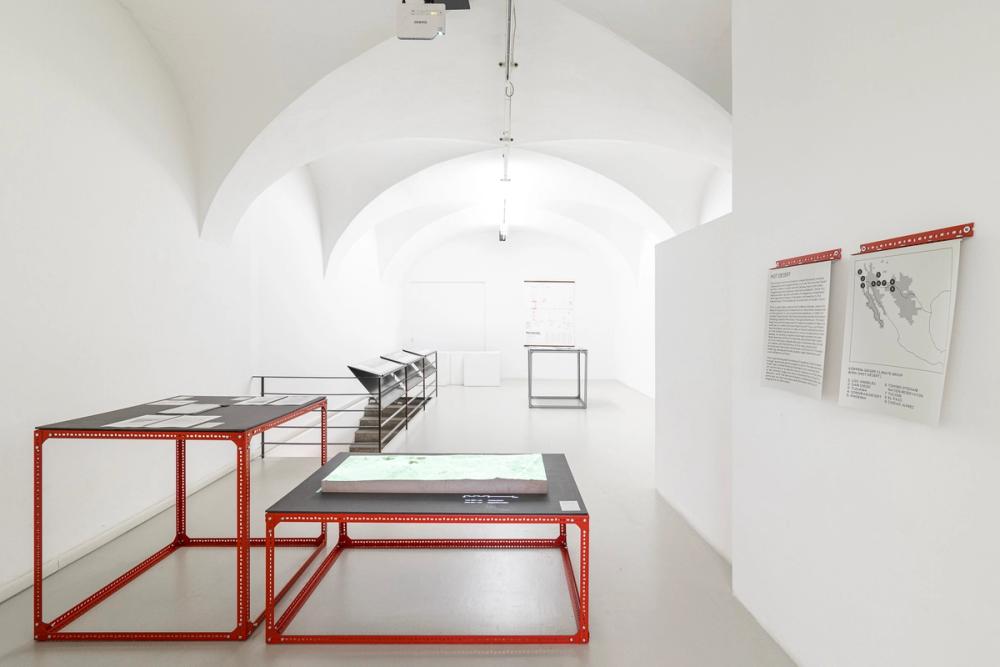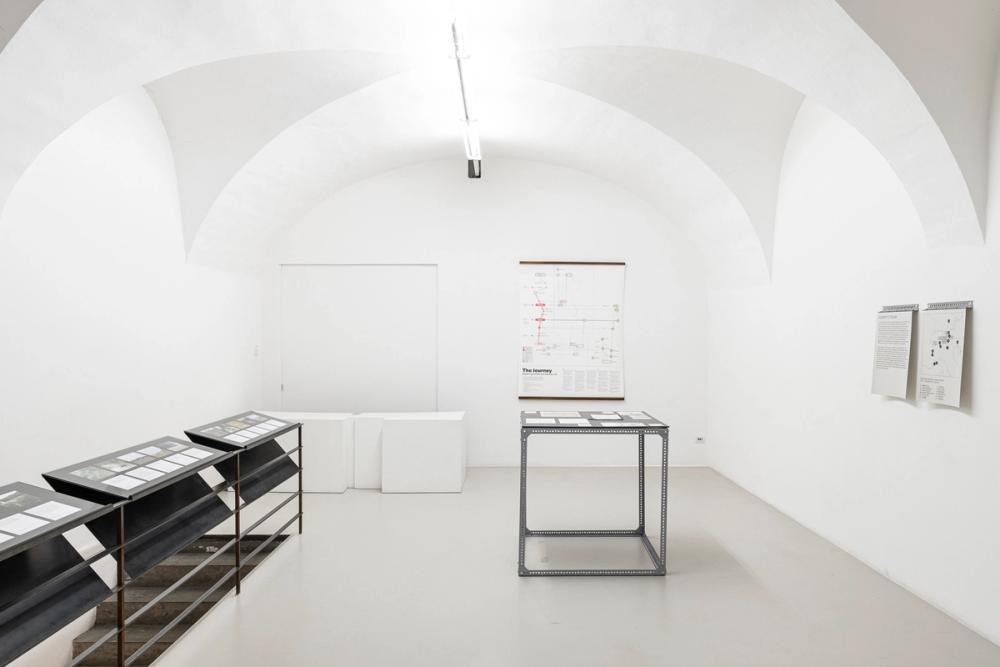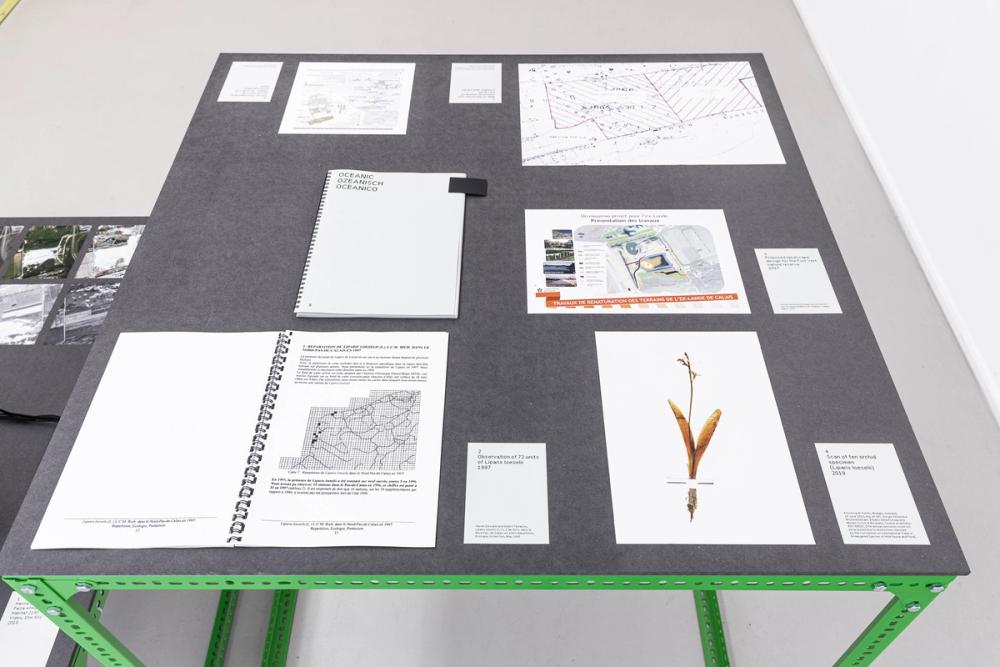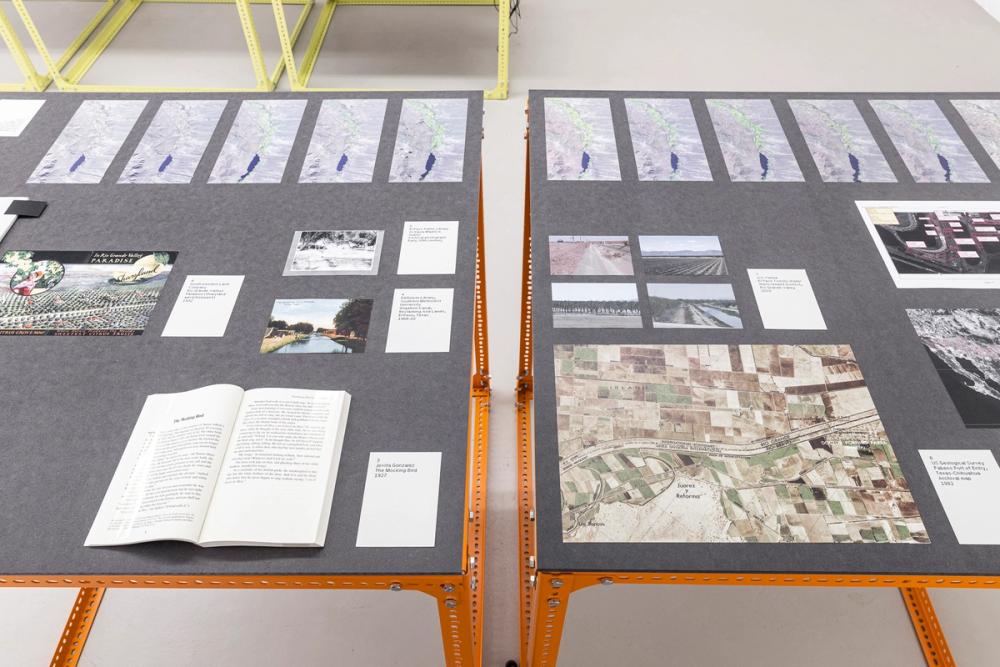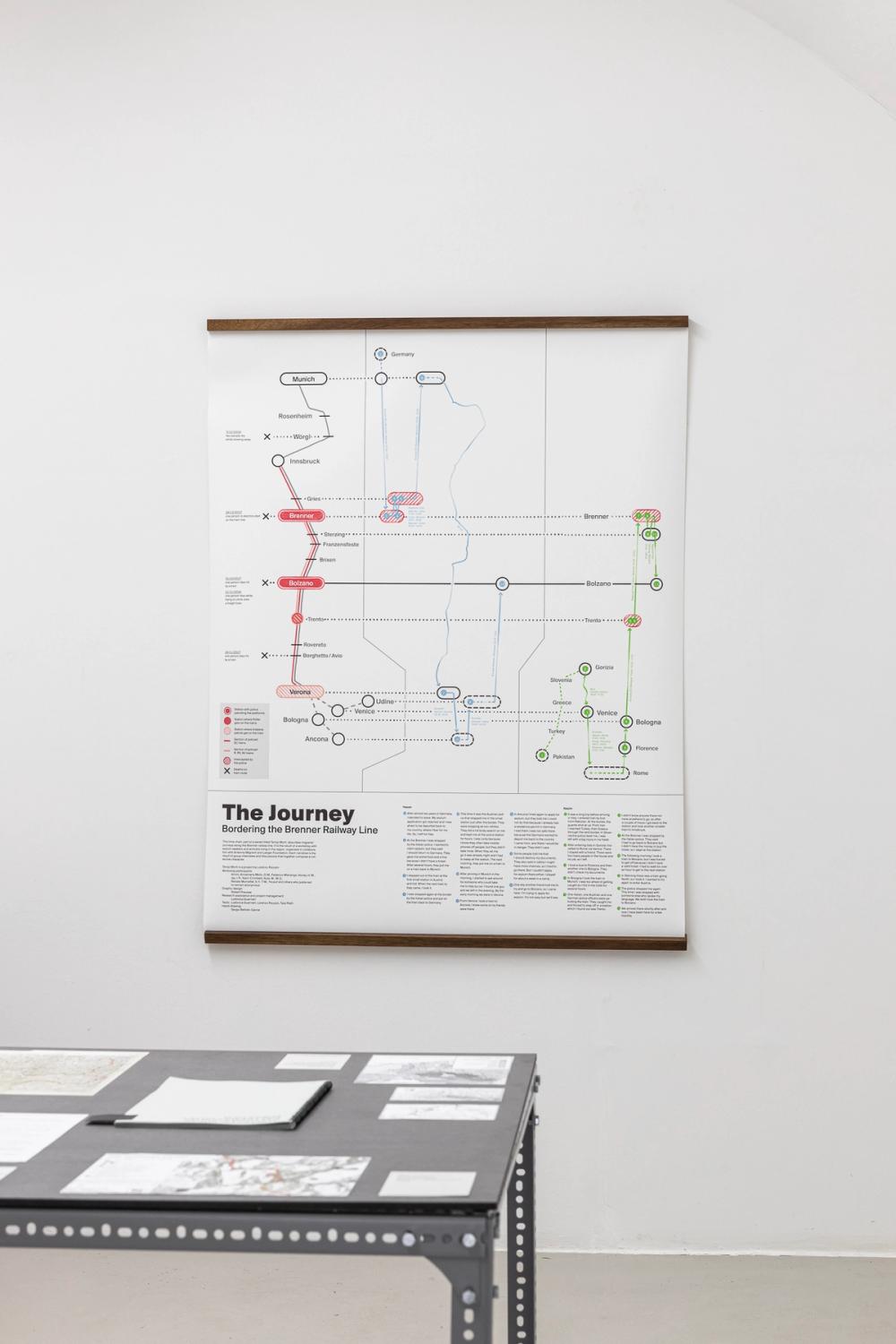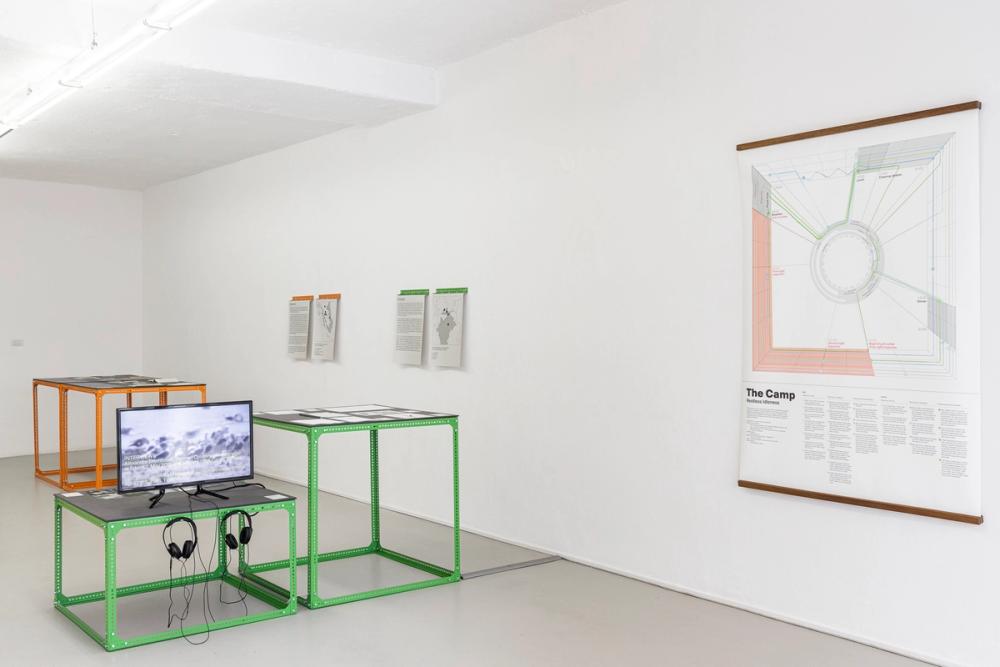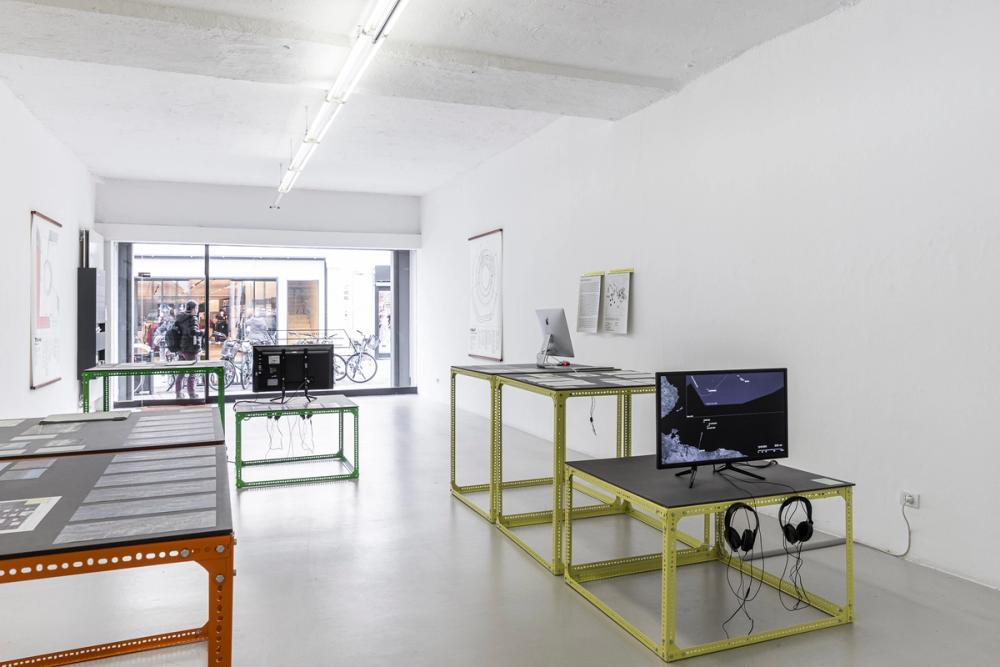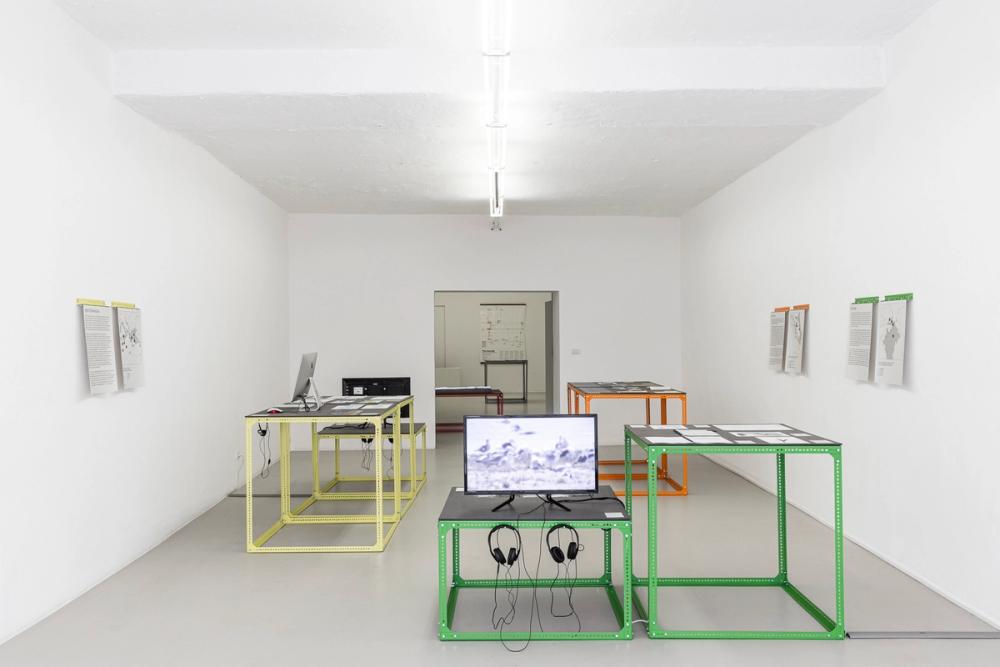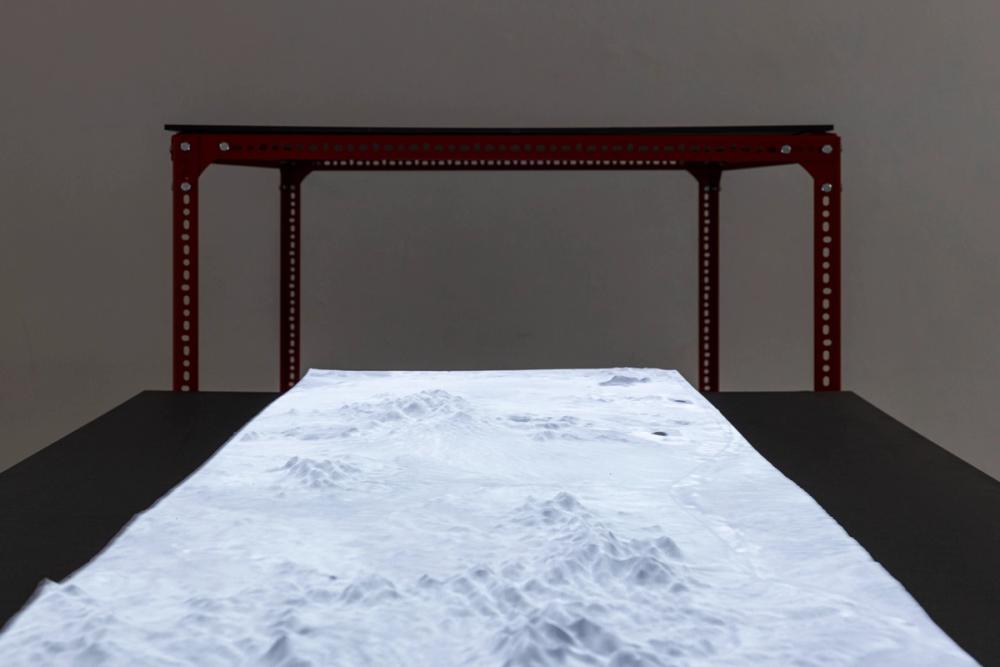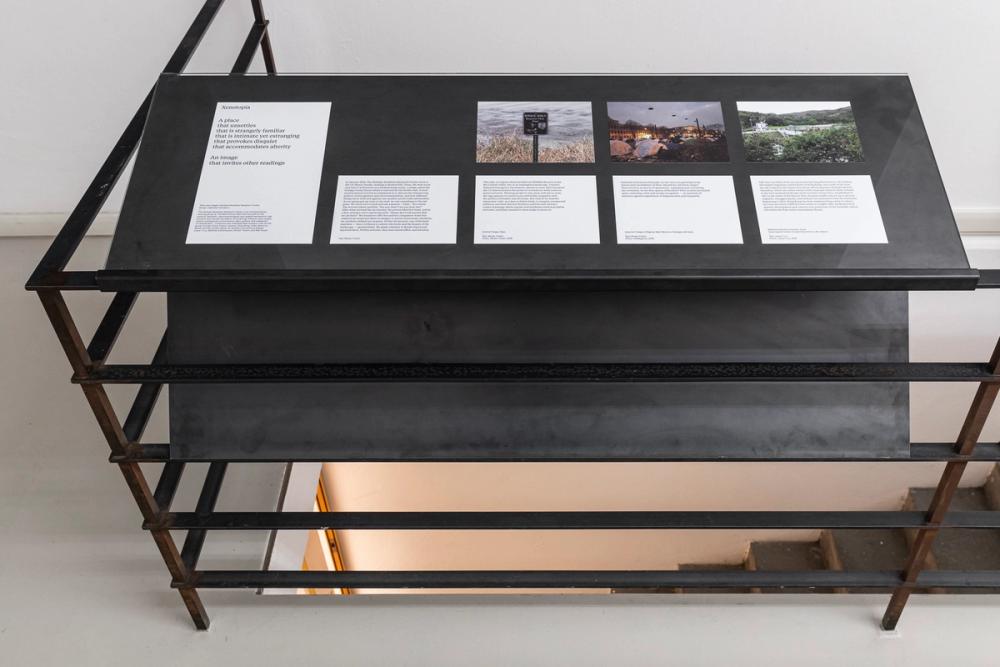“HOSTILE ENVIRONMENT”(S)
Opening: 21. November 2019, 7 pm
A project by Lorenzo Pezzani, with contributions by Dimitra Andritsou, Riccardo Badano, Geoffrey Alan Boyce, Samuel N. Chambers, and Sarah Launius, Forensic Oceanography, Lodovica Guarnieri, Tom James, Tom Joyes, Faiza Ahmad Khan, Stefanos Levidis, the Multiple Mobilities Research Cluster (Victoria Hattam, Laura Y. Liu, Radhika Subramaniam, Miriam Ticktin, Rafi Youatt), participants in the workshop “Tempi Morti”, Tara Plath, Robert Preusse, Hanna Rullmann, Martina Tazzioli, Avi Varma.
Commissioned by ar/ge kunst
Co-produced with Z33 House for Contemporary Art, Design and Architecture, Hasselt
Download The Atlas of Critical Habitats
The exhibition ‘Hostile Environment’(s) emerges out of the investigation undertaken by researcher and architect Lorenzo Pezzani in South Tyrol within the framework of the One Year-Long Research Project’s fourth edition, commissioned by ar/ge kunst and curated by Emanuele Guidi.
The notion of ‘hostile environment‘ was first introduced in the migration debate in the UK in 2012 to refer to legislation aiming to deny migrants access to work, housing, services, and education. Ever since, shrinking forms of social protection have turned cities across and beyond the Global North into intolerable spaces of hostility for those classified as outsiders. At the same time, “natural” terrains such as oceans, deserts, and mountain ranges (including the Alps) have been increasingly militarised and migrants funnelled into more and more hazardous terrains, often with fatal consequences.
‘Hostile Environment’(s) is reframed here as an analytical lens to capture these distant but interconnected processes, whereby “natural” and civic spaces alike have been weaponised by surveillance technologies, the strategic mobilisation of legal geographies, bureaucratic protocols, and (settler-)colonial practices of extraction and development.
Spanning the domains of forensic investigation, academic research and teaching, as well as activist practices, the exhibition sets out to investigate and unravel this political ecology of migration and border violence. It carefully composes a comparative geography of diverse border-environments, producing a continuous movement from the local to faraway environments and vice versa.
The Atlas of Critical Habitats gathers an expanding collection of legal documents, maps, a 3D model, videos, and a media archive that explore practices of border control that do not target specific subjects, but rather seek to intervene on the milieu such subjects cross or inhabit. Organised according to a standard climate classification system, the Atlas produces a framework in which projects by various architects, artists as well as current and former postgraduate researchers from the Centre for Research Architecture are presented.
Tempi Morti seeks to capture the ways in which hostile environments have infiltrated everyday life in unprecedented ways, deeply affecting its very rhythms: the time of speed and waiting; of haste and stagnation; of restless idleness; of precarious conviviality and racialised violence. Three time charts–produced through a workshop with asylum seekers and activists living in Bolzano–trace the structures of feeling that emerge at the intersection of standardised and subjective time. These events were organised in collaboration with Antenne Migranti and Langer Foundation.
Symposium
A symposium taking place in October 2020 in collaboration with Faculty of Design and Art – Free University Bolzano, Z33 House for Contemporary Art, Design and Architecture in Hasselt, and the Centre for Research Architecture (Goldsmiths, University of London), will create a discursive, performative, and screening platform that will expand upon the issues tackled in the exhibition. Gathering scholars, artists, scientists, activists, and designers both from local and international contexts, the symposium will ask what spaces of sanctuary and “refugia” might still exist within this generalised atmosphere of hostility.
The installation will be presented in September 2020 at Z33 House for Contemporary Art, Design and Architecture in Hasselt as part of an exhibition curated by Silvia Franceschini.
With thanks to: Antenne Migranti, Fondazione Langer, Centre for Research Architecture (Goldsmiths, University of London), Filippo Prosser (Museo Civico di Rovereto), Thomas Wilhalm (Museo di Scienze Naturali dell’Alto Adige), Katharina Hersel and Melitta Franceschini (Museo Archeologico di Bolzano), Barbara Lupelli (Archivio Teche RAI Bolzano), Marco Samadelli (EURAC), and Kamil Dalkir.
Biography
Lorenzo Pezzani (Trento, 1982. Lives and works in London) is an architect and researcher. He is currently Lecturer in Forensic Architecture at Goldsmiths, University of London. Since 2011, he has been working on Forensic Oceanography, a collaborative project that critically investigates the militarized border regime in the Mediterranean Sea, and has co-founded the WatchTheMed platform. Together with several NGOs, scientists, journalists, and activist groups, he has produced maps, videos, installations, and human right reports that attempt to document and challenge the ongoing death of migrants at sea. His work has been used as evidence in courts of law, published across different media and academic outlets, as well as exhibited and screened internationally.
With the kind support of:
Provincia Autonoma di Bolzano, Ripartizione Cultura
Regione Autonoma Trentino-Alto Adige
British Academy, Small Research Grant
Goldsmiths’ Public Engagement Fund
Fondazione Cassa di Risparmio
Comune di Bolzano, Ripartizione Cultura
Pasticceria Hofer, Bolzano
